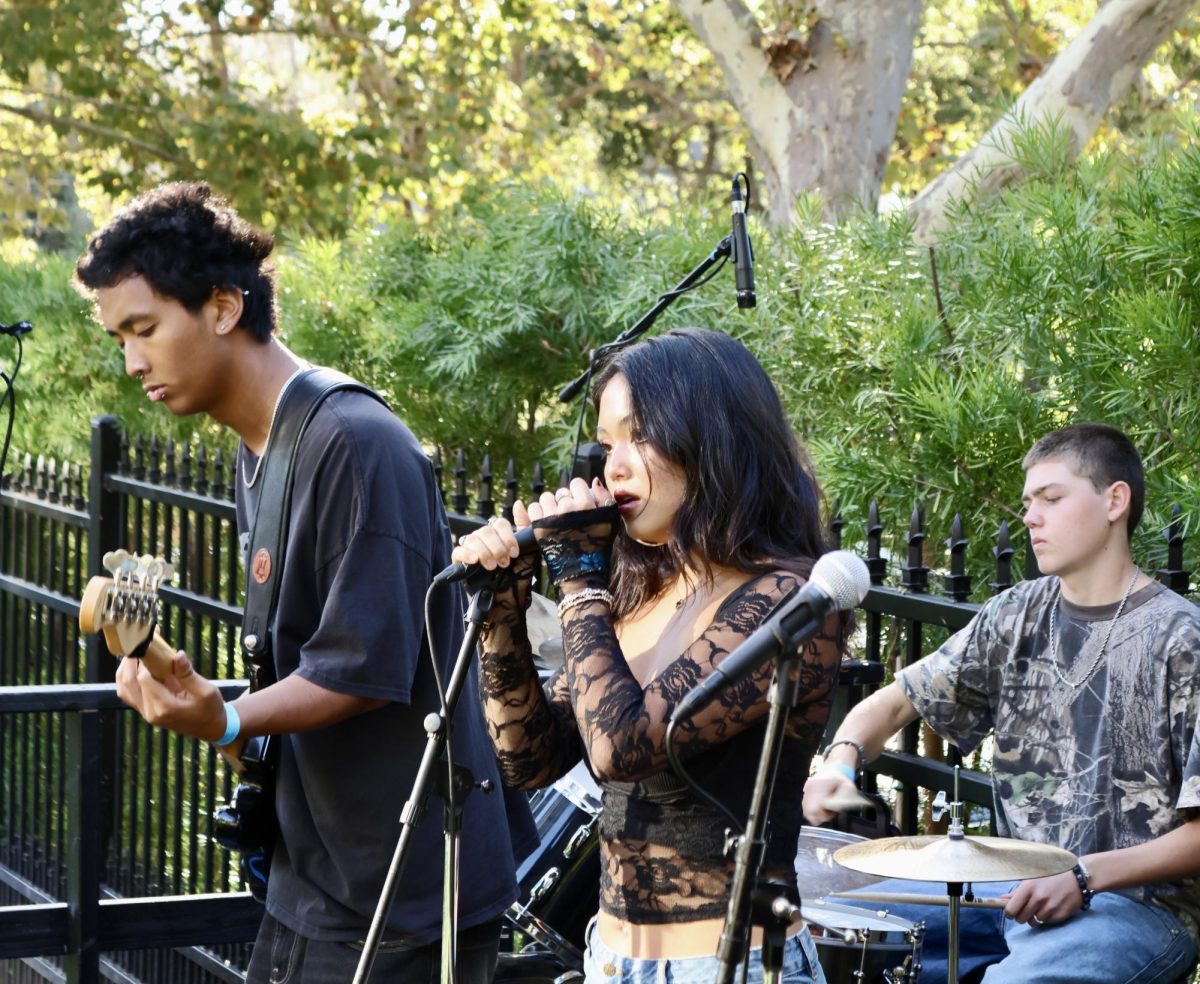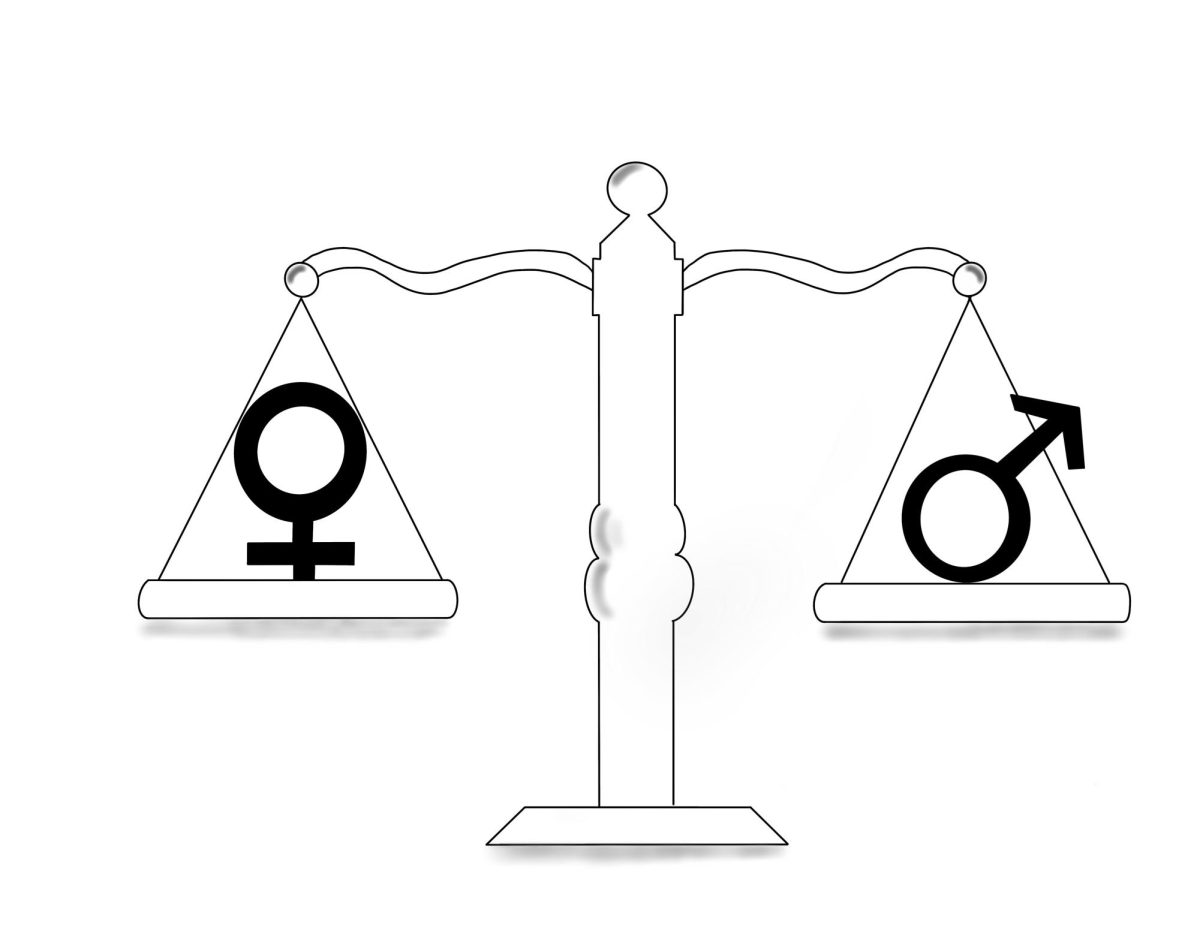“Zack,” an anonymous senior, was sitting in the middle of his third period class when campus supervisor Levi Hooks stepped in to the classroom and called him down to the office. “Come with me, son,” Hooks said as the two walked down the hallway.
As Zack entered the office, he was confronted by police officers who arrested him for the possession of drugs on campus. He was immediately taken to the place that he would call home for the next two weeks—Marin County Juvenile Hall.
Little did Zack know that strict visiting hours, five-minute showers, and a blue and orange uniform would only make up a small part of his stay.
Not just a penitentiary for minors who commit crimes, juvenile hall can also serve as a treatment center, as many facilities provide extensive medical and emotional therapy to inmates. Some centers also offer a variety of programs ranging from drug and alcohol related awareness classes to art, poetry, and even yoga.
Juvenile court systems came into existence in 1899, when the first detention center was established in Cook County, Illinois. By 1925, 48 out of 50 states in the U.S. had created their own Juvenile Halls and justice systems.
Superintendent of Marin County’s Juvenile Hall, Steven Blair, started working at the San Rafael facility in the 1970s—a period when Blair said many parents would just drop off their kids on nights when they needed a place to stay.
“That was a long time ago, and these were runaways, truants, and kids that were out of control. We don’t take them at all anymore unless there is criminal behavior that goes along with it,” Blair said.
Currently there are over 40 juvenile hall detention centers in California. Though it varies from facility to facility, inmates are usually placed into groups and are categorized by the crimes they have committed. In some rare cases involving high-level offenders, minors can be placed in solitary confinement if they prove to be a danger to others.
Over the past few decades, juvenile arrest rates have declined sharply in California, resulting in fewer admissions to juvenile hall. According to a study from the Center on Juvenile and Criminal Justice, juvenile arrest rates in the state dropped from 76,100 in 1998 to 52,000 in 2010.
According to Blair, the San Rafael facility tries to keep as few people in the hall at a time as possible, and he said he thinks that juvenile hall should be limited to those who have committed serious crimes and really need help.
“We have a detention scale that we use on young people that come in to see if we can possibly release them to their parents,” Blair said. “If they scale low enough, we can try to get them released back to their parents, or someone who can take care of them. That’s not right for some young person that’s done something fairly unhazardous.”












